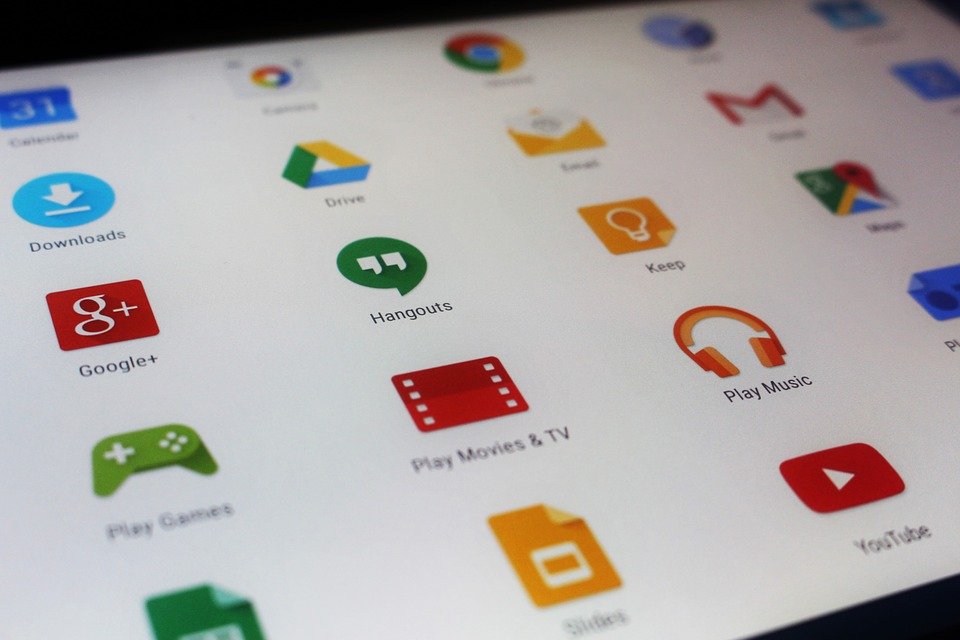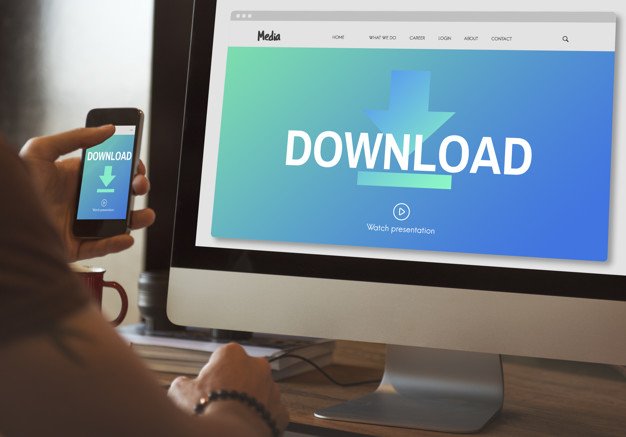The trucking industry has seen significant advancements with the introduction of the Truck Driver App, which is revolutionizing the way truck drivers operate.
This app offers features such as GPS navigation and route optimization, real-time tracking and delivery notifications, and enhanced efficiency and productivity. By streamlining operations for truck drivers, this app not only benefits them but also fleet managers.
In this article, we will explore the various benefits of this app and its impact on the trucking industry as a whole.
GPS Navigation and Route Optimization
GPS navigation and route optimization are essential components of truck driver apps. These features enable drivers to efficiently navigate through unfamiliar routes and avoid traffic congestion. They are crucial for the trucking industry as they not only save time but also reduce fuel costs.
The integration of fleet management systems with GPS navigation allows companies to monitor their vehicles in real-time. This ensures that drivers take the most efficient routes. It also enables dispatchers to communicate with drivers and provide them with updated information about road conditions or any changes in delivery schedules.
Moreover, truck driver apps incorporate fuel cost optimization algorithms. These algorithms consider factors such as distance, traffic patterns, and vehicle specifications to suggest the most economical routes. By utilizing these technologies, companies can enhance their operational efficiency while minimizing fuel expenses.
Real-Time Tracking and Delivery Notifications
Real-time tracking and delivery notifications provide users with up-to-the-minute information regarding the status and progress of their shipments. This technology plays a crucial role in improving customer satisfaction by enhancing the overall experience. Customers can track their deliveries in real-time, allowing them to have an accurate estimate of when their package will arrive. This transparency not only improves trust but also gives customers the flexibility to plan their schedules accordingly.
Additionally, real-time tracking and delivery notifications contribute to cost reduction for businesses. By accurately tracking shipments, companies can identify any potential delays or issues that may arise during transit. This allows them to address problems promptly and minimize expenses associated with late deliveries or lost packages.
Furthermore, companies can optimize routes based on real-time data, reducing fuel costs and increasing operational efficiency. In conclusion, real-time tracking and delivery notifications have revolutionized the trucking industry by improving customer satisfaction through enhanced transparency while simultaneously reducing costs for businesses through accurate tracking and optimized route planning.
Enhanced Efficiency and Productivity

Enhanced efficiency and productivity in the transportation sector have been significantly influenced by advancements in tracking technology. With the introduction of truck driver apps, cost reduction and improved time management have become key benefits for trucking companies. These apps provide real-time data on vehicle locations, allowing companies to optimize routes and reduce fuel consumption. By monitoring drivers’ activities, such as driving hours and rest breaks, these apps ensure compliance with regulations, further enhancing efficiency.
Furthermore, truck driver apps offer features like electronic proof of delivery and digital paperwork, reducing administrative tasks for both drivers and office staff. This streamlined process saves time and enables faster invoicing and payment processing.
Additionally, by providing insights into driver behavior such as harsh braking or idling time, these apps facilitate coaching opportunities to improve performance. Overall, the integration of truck driver apps enhances efficiency by optimizing routes, reducing costs related to fuel consumption and administration tasks, while also promoting better time management through compliance monitoring and performance improvements.
Streamlining Operations for Truck Drivers
Streamlining operations for truck drivers involves the implementation of technological solutions that optimize routes, reduce administrative tasks, and enhance performance. Fleet management software plays a crucial role in achieving these goals.
This software enables trucking companies to track and monitor their fleet in real-time, allowing them to make informed decisions about route planning and resource allocation. By analyzing data on fuel consumption, driving patterns, and vehicle maintenance needs, fleet management software helps identify areas for improvement and cost savings.
Additionally, driver communication tools facilitate seamless communication between drivers and dispatchers, ensuring efficient coordination of deliveries and reducing downtime. These tools enable drivers to receive real-time updates on route changes or traffic conditions, enabling them to make adjustments as needed. Overall, implementing fleet management software and driver communication tools improves operational efficiency by streamlining processes and enhancing communication within the trucking industry.
Benefits for Drivers and Fleet Managers
One significant advantage of implementing fleet management software and driver communication tools is the optimization of operational processes, resulting in improved efficiency for drivers and fleet managers. These technologies provide real-time data on driver performance, vehicle maintenance needs, and route planning, allowing for proactive decision-making to enhance driver safety.
By tracking driver behavior such as speed, harsh braking, and acceleration patterns, fleet managers can identify areas where drivers may need additional training to improve their safety practices. Additionally, these tools enable better monitoring of vehicle maintenance schedules, reducing the risk of breakdowns or accidents due to faulty equipment.
Moreover, the ability to plan routes more effectively helps minimize idle time and fuel consumption, leading to substantial cost savings for both drivers and fleet managers. Overall, the implementation of trucking industry apps contributes significantly to enhancing driver safety while optimizing operations for improved cost efficiency.
Read Also:






















